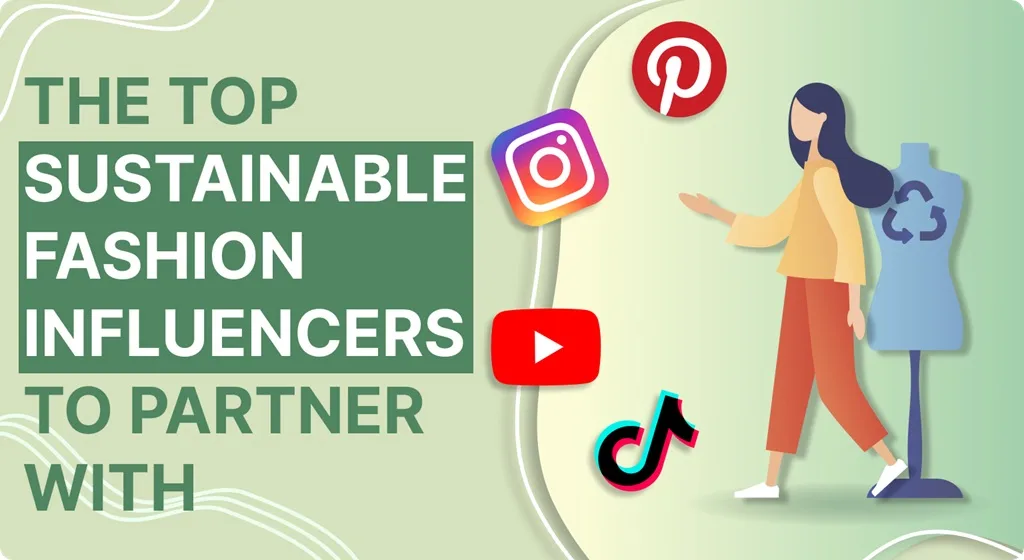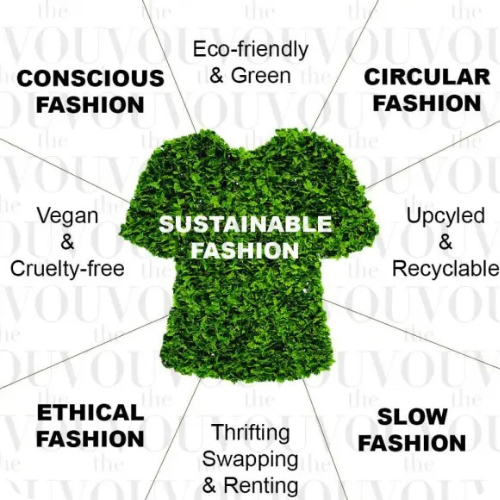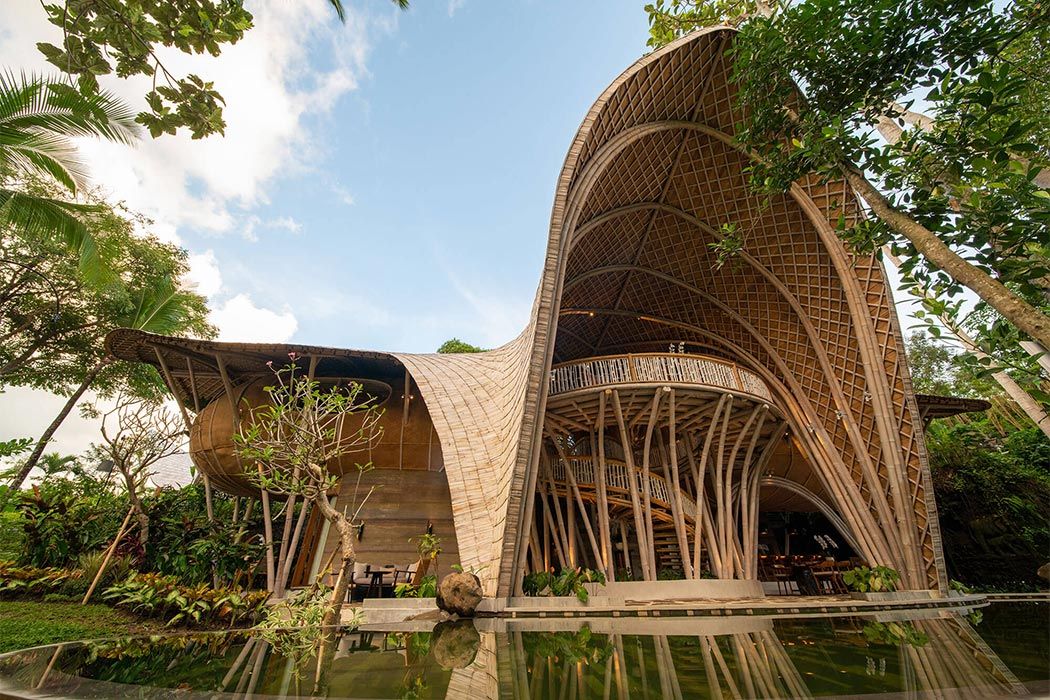What is Eco-Chic?
Eco-chic isn’t just about wearing hemp and looking like you’re heading to a protest. It’s a sophisticated blend of style and sustainability, a movement that proves you can be both fashionable and environmentally conscious. Think luxurious fabrics made from recycled materials, timeless designs that transcend fleeting trends, and ethical production practices that prioritize people and the planet. It’s about conscious consumerism, making informed choices that support brands committed to reducing their environmental impact and upholding fair labor practices.
The Growing Demand for Sustainable Fashion
Consumers are increasingly aware of the devastating environmental and social costs associated with fast fashion. The industry’s reliance on cheap labor, resource-intensive production, and massive waste is finally coming under scrutiny. People are demanding more transparency and accountability from brands, pushing for sustainable alternatives that align with their values. This growing demand is fueling the rise of eco-chic, creating a space for brands that prioritize both style and ethics.
Key Fabrics and Materials in Eco-Chic Fashion
Eco-chic utilizes a range of innovative and sustainable materials. Organic cotton, grown without harmful pesticides, is a popular choice. Tencel, a fabric made from sustainably sourced wood pulp, boasts incredible softness and a lower environmental footprint compared to conventional cotton. Hemp, known for its durability and strength, is another eco-friendly option. Recycled materials, from plastic bottles to old clothes, are increasingly used to create new garments, reducing textile waste and resource consumption. Innovative materials like Piñatex, a leather alternative made from pineapple leaf fibers, showcase the creativity and ingenuity driving this movement.
Ethical Production and Fair Labor Practices
Eco-chic isn’t just about the materials; it’s about the entire production process. Ethical production ensures fair wages, safe working conditions, and respect for workers’ rights throughout the supply chain. Brands committed to eco-chic transparency often highlight their ethical sourcing and manufacturing practices, allowing consumers to make informed decisions and support businesses that align with their values. This often includes working directly with smaller producers and artisans, preserving traditional craft techniques and supporting local economies.
The Importance of Timeless Design and Durability
Fast fashion thrives on trends, encouraging consumers to constantly buy and discard clothes. Eco-chic, on the other hand, prioritizes timeless designs and durable garments built to last. Investing in high-quality, well-made clothes reduces the need for frequent replacements, minimizing textile waste and reducing the overall environmental impact. The focus is on classic silhouettes, versatile pieces that can be styled in multiple ways, and garments constructed to withstand the test of time.
Beyond the Clothes: The Eco-Conscious Lifestyle
Eco-chic is more than just clothing; it’s a mindset. It encompasses a conscious approach to consumption, including mindful shopping habits, clothing care and repair, and extending the life of garments through creative upcycling and repurposing. It also promotes responsible disposal of clothes at the end of their life cycle, supporting recycling initiatives and reducing textile waste ending up in landfills. Embracing this holistic approach expands the positive impact beyond just the clothing itself.
The Future of Eco-Chic Fashion
The future of eco-chic is bright. As consumer awareness grows and technology advances, we can expect even more innovative and sustainable materials, improved production processes, and increased transparency throughout the supply chain. The rise of circular fashion models, promoting reuse, repair, and recycling, will further reduce the environmental impact of the fashion industry. Eco-chic isn’t just a trend; it’s a fundamental shift towards a more responsible and sustainable future for fashion.
Challenges and Opportunities in the Eco-Chic Market
While eco-chic is gaining momentum, it faces challenges. Sustainable materials can sometimes be more expensive than conventional options, and the higher production costs can make eco-friendly clothing less accessible to some consumers. However, this presents an opportunity for innovation in creating more affordable sustainable options. Educating consumers about the benefits of eco-chic and supporting brands committed to sustainability is crucial to driving further growth and creating a more environmentally responsible fashion industry. Click here to learn about sustainable fashion designers.












